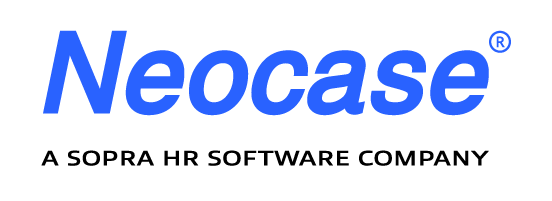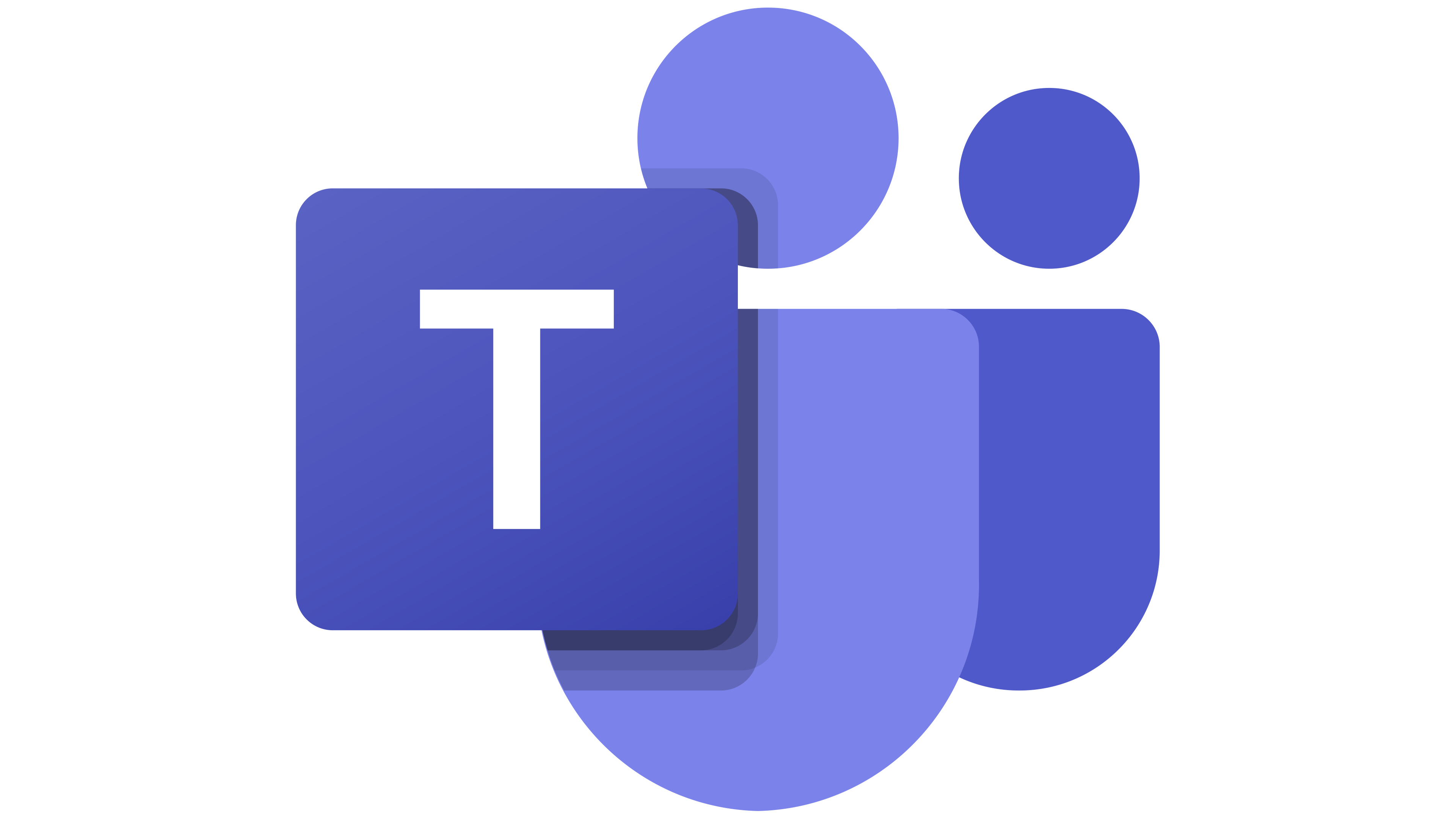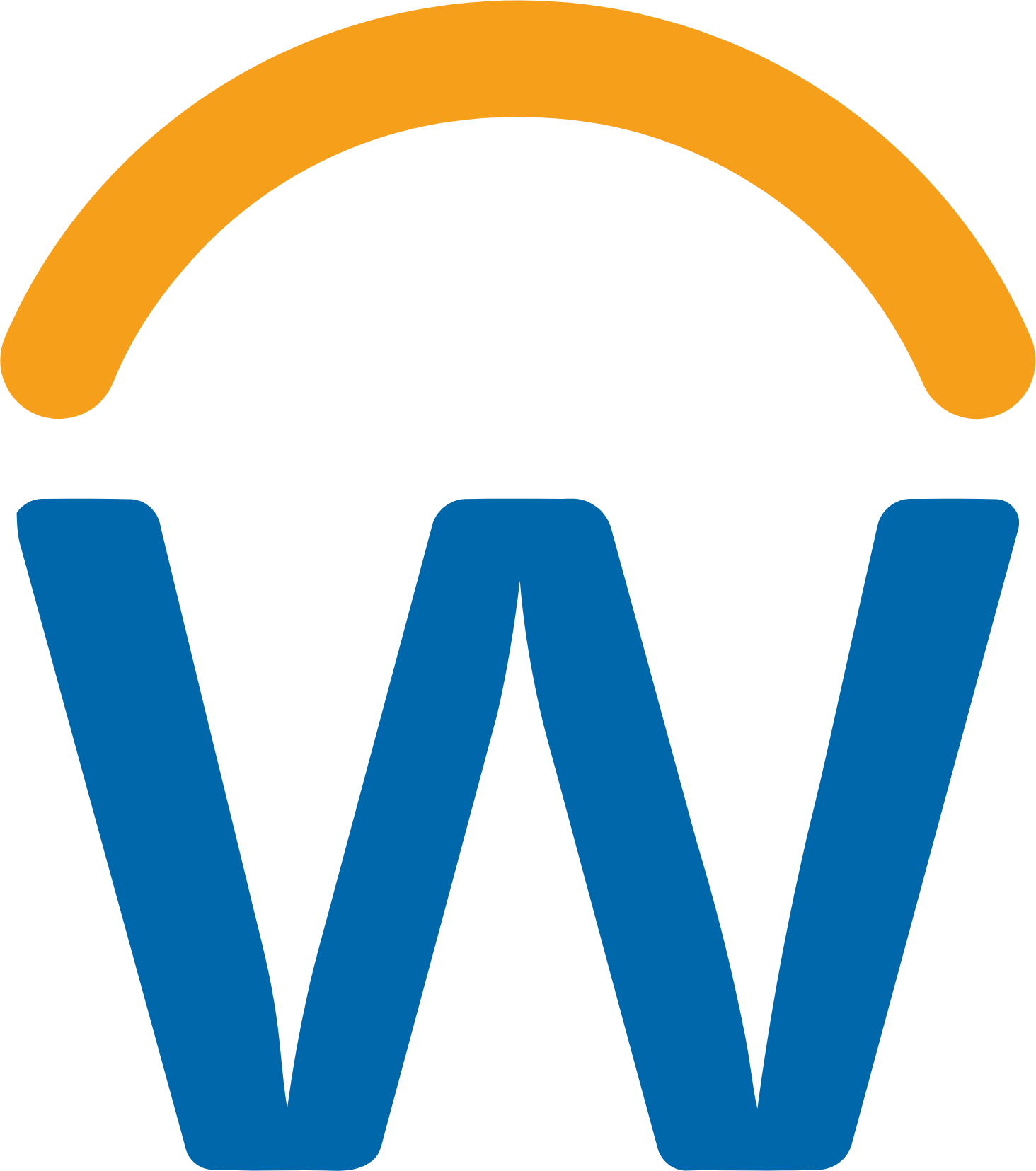Every company wants to deliver a better employee experience. According to Matthew Wride, the employee experience is “The Employee Experience is the sum of the various perceptions employees have about their interactions with the organization in which they work.”
Those perceptions can be impacted by a variety of factors. To improve the experience, you need to identify each factor, and optimize it to more positively impact the experience. But the problem a lot of companies have is they don’t act on all the factors. They only act on what they can see.
Factors above the surface
A lot of factors affect the employee experience. Some are obvious, while others are relatively invisible. The obvious factors include things like ease of access to the self-service portal. Can you access it through Single Sign On (SSO), or do you have to enter your username and password every time? Can you access the portal from your smartphone, or only from your laptop? Is knowledge base content written in plain English, or do you need a degree in organizational development to understand it?
Factors below the Surface
Others are less obvious, like the tools used by your contact center staff. The employees may never see the tools that the CSR’s use. But if those tools are cumbersome and require extra effort by the CSR, the employee experience may suffer.
When a CSR has to invest extra mental effort to search a knowledge base, navigate a screen or toggle between systems, that’s going to consume mental energy. It may take the CSR a little more time to find the answer. That extra mental effort spent on every call throughout the day can make for a less energetic CSR by 3 o’clock in the afternoon. And when the CSR has less energy, the employee can sense it. It’s a little thing, but little things can add up to big things.
Those cumbersome CSR screens are a good example of “below the surface” factors. They’re beneath the line of visibility to the employee. The employee can’t see them, but they still impact what the employee feels, or experiences.
The Problem
The reason so many companies have a hard time getting the employee experience right is because they only work on those factors that are “above the surface.” They only work on those things with which the employee engages directly. Those “below the surface” factors are left alone, and continue to have a negative impact on the employee experience.
The Solution
When you’re working on improving the employee experience, don’t just focus on what the employees directly experience. Look below the surface, and find those factors that can have a potentially negative impact on the employee experience. Examine them, and if necessary, change them to cause a more positive experience.
A great way to identify what’s below the surface is to map out the “customer journey” to identify all factors and processes that are in place to deliver the various results the employee seeks. Many of these factors and processes are “below the surface.” The advantage of the customer journey map, if drawn to include all functions that play a role in a process – NOT just those that directly interface to the customer - is that it exposes the “below the surface” factors.
(The image below exemplifies the customer experience in seeking help on a phone bill.)


 Microsoft Teams
Microsoft Teams
 Workday
Workday
